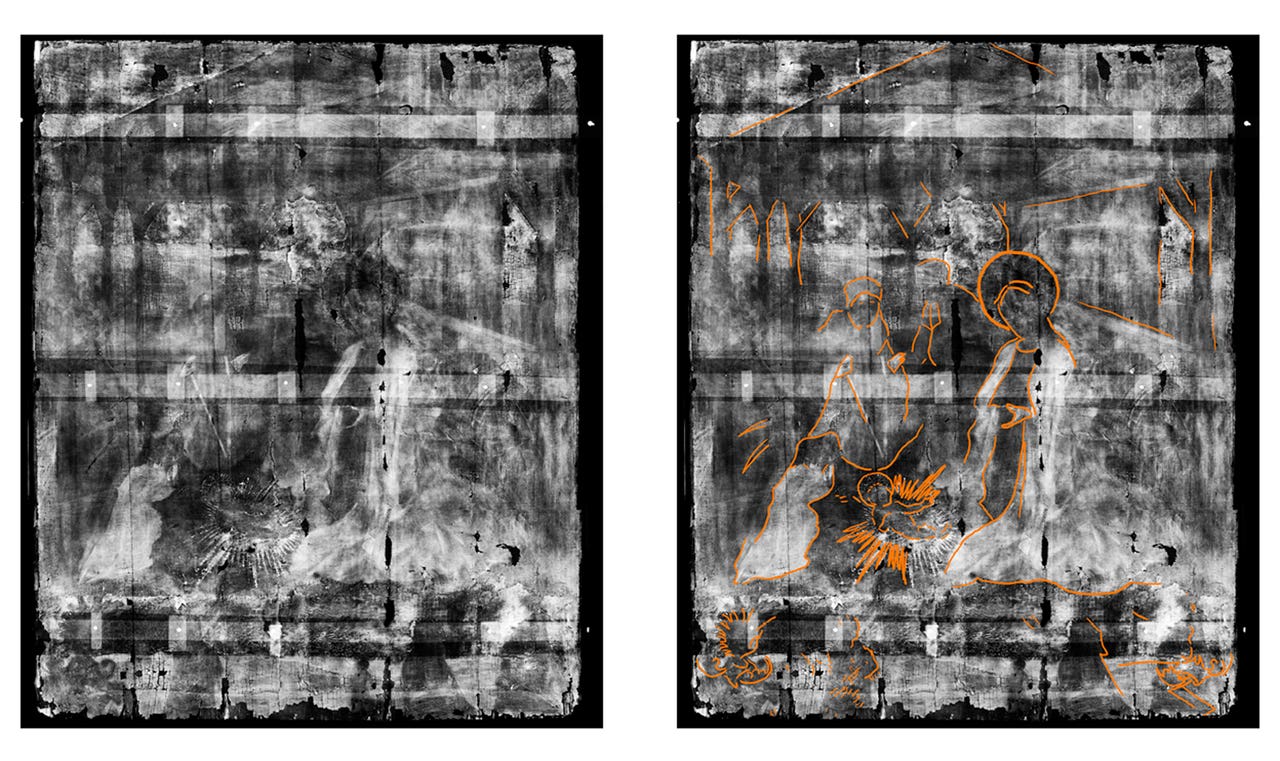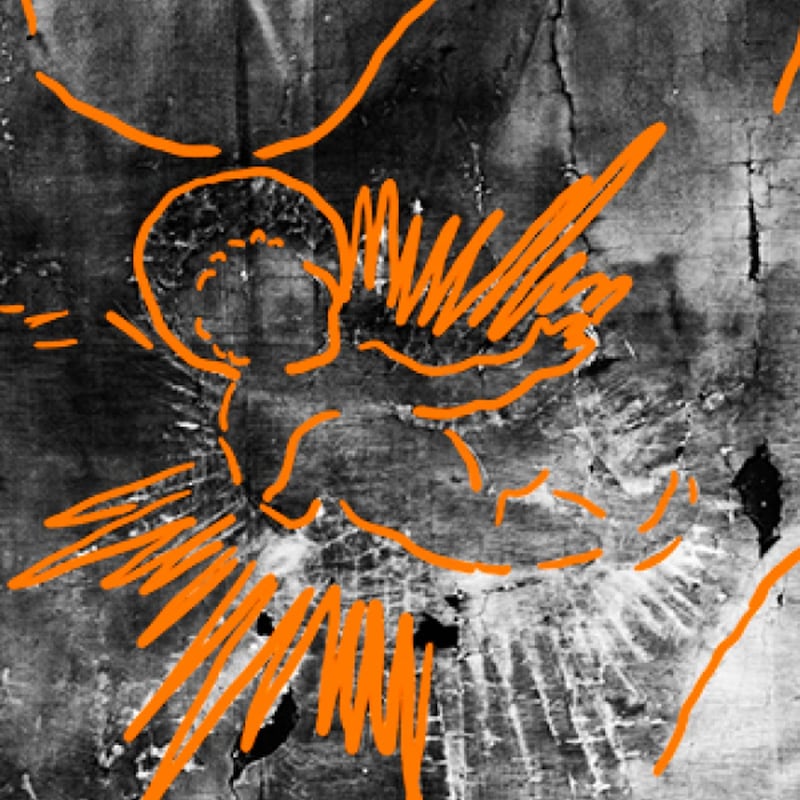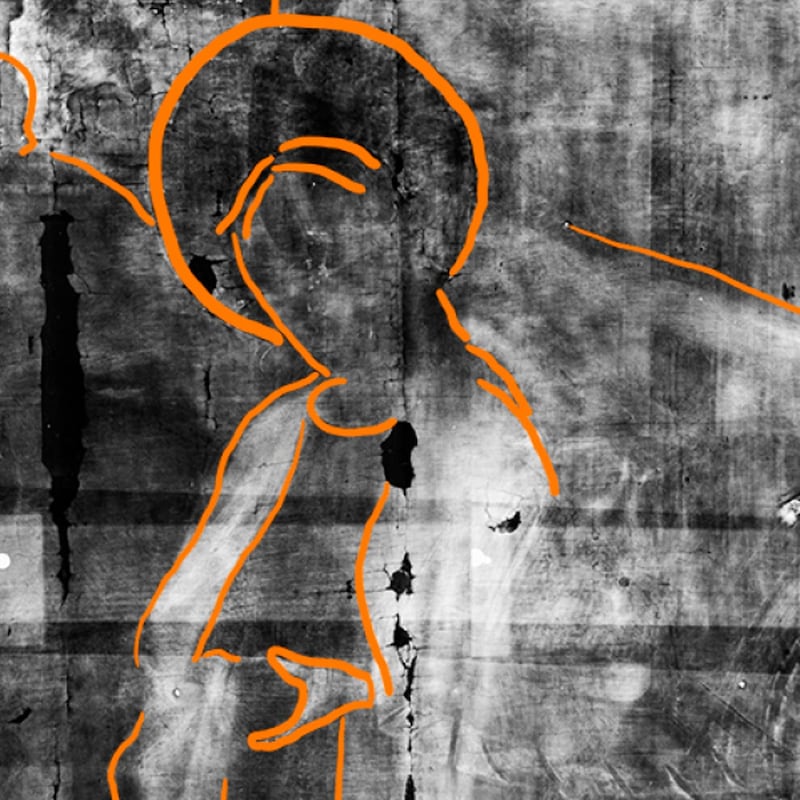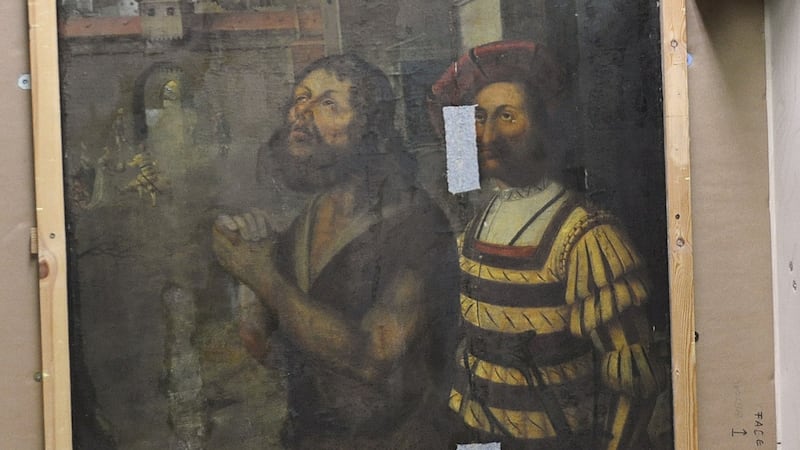Experts have discovered a 16th century painting of a nativity scene hidden beneath a 400-year-old work of art.
Conservators working with The Bowes Museum in County Durham made the find while examining a historic painting depicting the beheading of Saint John the Baptist.
X-ray analysis by Northumbria University experts revealed another image underneath, with a baby in a manger, angels with halos and the outline of what appears to be stables.

Nicky Grimaldi, senior lecturer in Conservation of Fine Art at the university, said: “It was such a lovely surprise to see the nativity scene revealed underneath the painting we see today.
“It really is quite unusual to find paintings hidden in this way and to discover a nativity scene in this detail and just before Christmas was really incredible.”
The painting was collected for the museum by its founders John and Josephine Bowes in the 19th century.

It is in a Late Medieval style and probably formed part of a larger altar piece, and the wooden panel on which the canvas is spread now needs careful restoration.
Ms Grimaldi and forensic scientist Dr Michelle Carlin will examine it further to determine its age, background and history.
The senior lecturer said the initial aim had been to find out what was causing the damage.

“The first stage of most investigations of this kind is to carry out an X-ray to understand what is going on underneath the layer of paint we see on the surface,” she said.
“That was when we realised there was more to the painting than we originally thought.”
The X-ray showed up several figures, including the outline of what appears to be one of the three wise men, or Magi – his hands outstretched as if holding out a gift.








